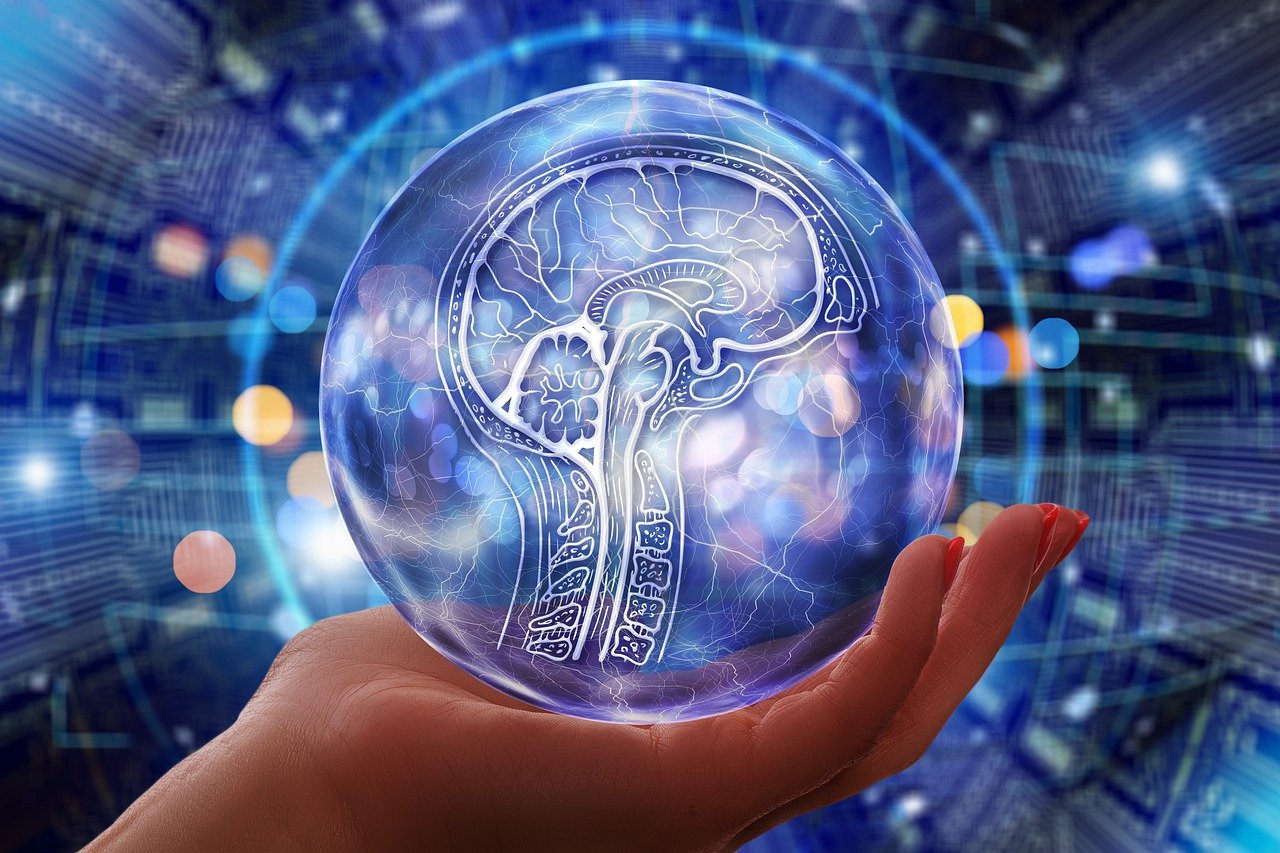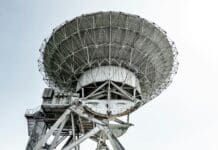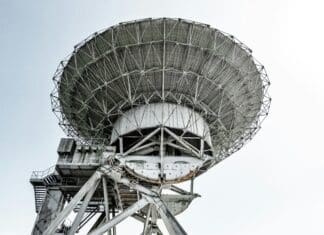This post is also available in:
 עברית (Hebrew)
עברית (Hebrew)
Mind control is getting a whole new meaning with recent development from Institute of Basic Science (IBS) and Yonsei University in South Korea. Nano MIND (Magnetogenetic Interface for NeuroDynamics) is an innovative device that can affect brain circuits with the power of magnetism, and control functions like hunger, emotions and behavior.
The brain is a complicated machine that scientists have been fascinated with for years. It can perform demanding tasks, showcase emotion and decide how to act in certain social situations. The research team, led by Jinwoo Cheon, a professor of biochemistry at Yonsei University, set out to understand if these functions can be precisely targeted and influenced using wireless technology.
According to Interesting Engineering, the researchers chose to harness the power of magnetism for their device, as unlike other, more intrusive imaging technologies such as X-rays, magnetic fields can penetrate tissue without causing any harm to it. The researchers at IBS and Yonsei University utilized magnetized nanoparticles to selectively activate areas of the brain and their associated circuits. By selectively activating nanomagnetic particles with rotating magnetic fields at precise timings, researchers achieved spatiotemporal control over neural activity in mice. This allowed them to target specific areas at desired intervals, ensuring only intended functions were affected.
The study yielded incredible results. The researchers directly activated GABA receptors in the mouse’s brain’s medial preoptic area (MPOA), a part which is responsible for appetite inhibition. The team was able to successfully stimulate inhibitory neurons in the pathway, doubling feeding behavior and appetite in tested mice. Activation of the GABA receptor reduced feeding behavior by half, leading to a noticeable decrease in appetite among the mice.
The technology was successful in other areas as well, and the researchers were able to activate nurturing behavior in mice that have never been mothers. They collected pups and brought them to their nests, something that is typically only seen with mice who are mothers.
The experiments showed that the Nano-MIND technology can be used to increase and decrease brain functions in a way that is not only direct and selective, but also safe. According to prof. Cheon, this is the world’s first technology that can freely control specific brain regions using magnetic fields, and that the team expects it to be widely used in research to understand brain functions, sophisticated artificial neural networks, two-way BCI technologies, and new treatments for neurological disorders.
The research was published in the journal Nature Nanotechnology.


























